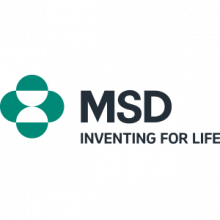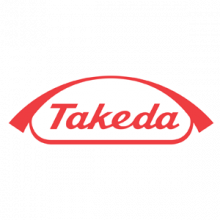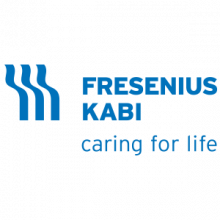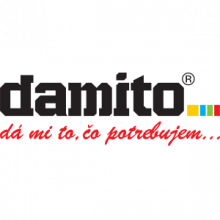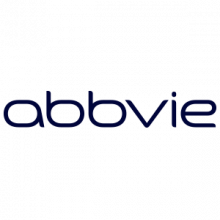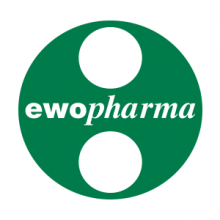Nutrition and small intestine
The small intestine is classified as a vital organ of the human body. It is characterised by intensive self-metabolism, contributes to the optimal reactivity of the immune system and anti-infective protection.
Its basic functions are digestion of food and absorption of nutrients . Protein digestion begins in the stomach and continues in the duodenum, where the digested contents are mixed with bile and with pancreatic juices and pancreatic enzymes.
Digestion of fats begins only in the small intestine, where the bile with fats forms an emulsion in which the fats are broken down by pancreatic enzymes. Micelles are formed from digested fats and bile, in which vitamins D, E, K, A are transported.
Sugars are partially digested in the mouth by the action of salivary amylases and continue in the small intestine by pancreatic amylases. Cellulose and pectin get undigested into the large intestine, where they break down into short-chain fatty acids, or undigested get into the stool.
Absorption takes place mainly in the jejunum, where nutrients break down into simple molecules and these are transferred through the cells of the small intestine into the bloodstream and transported by the blood to the liver. Vitamins, minerals and water are also absorbed in the small intestine.
Protective functions of the small and large intestine
The digestive tract is inhabited by about 500 species of microorganisms. In the small intestine, colonization by microorganisms does not exceed concentration of 10 (3-8) colonies per millilitre. Alpha hemolytic streptococci, e. coli, and lactobacillus are present by default. In the large intestine, the concentration of bacteria increases and the composition also changes, with the addition of Bacteroides, clostridia, fecal streptococcus, enterococci, and spores. In the rectum, colonization reaches a concentration of 10 (9-11) colonies per milliter. Anaerobic bacteria predominate.
Under physiological conditions, bacteria in the digestive tract are not considered pathogenic. Their presence is an important stimulus of the immune system in ensuring resistance. If we rid the gut of bacteria, the body's resistance decreases. Also, the diverse spectrum of bacteria prevents the excessive multiplication of bacteria that enter the intestine through food.
On the other hand, in critical conditions, such as after serious injuries or operations, bacteria of the digestive tract have been shown to cause infectious.
Under normal circumstances, the bacteria do not leave the digestive tract. There are various substances in the small and large intestine that protect the body from their penetration into the bloodstream. These are: mucus, bile acids, and antibodies that directly kill pathogenic bacteria.
Additional protection against invasion of bacteria from the intestine into circulation is provided by the intestinal mucosa. Mucosal cells are joined by finely perforated junctions which do not permeate bacteria.
When this barrier is broken, the bacteria easily get through the intestinal wall into the abdomen, where they are trapped in the lymph nodes, which contain immune cells that can kill the bacteria either with antibodies or directly. In conditions of weaker immunity, the bacteria which are not destroyed in the lymph nodes proceed to the liver.
The liver contains liver cells and so-called Kupffer cells (stellate macrophages), which represent another protective safeguard against the invasion of bacteria into the whole body.
Disorders of intestinal and extraintestinal protective functions
The most common cause of intestinal protective function disorders are intestinal inflammation and damage to the intestine due to insufficient blood supply, which violates the integrity of the intestine and causes disorders of mucus production. Other causes include changes in immunity after using drugs such as Prednisone, Imuran, Sandimun. An aggravating factor is usually malnutrition, when there is a lack of building materials for the natural regeneration of intestinal mucosa cells, production of mucus, antibodies, enzymes, intestinal hormones and other building blocks of the intestinal wall.
Support of intestinal and extraintestinal protective functions
The most effective protection is to stimulate the growth, renewal and activity of the cells of the intestinal mucosa and to maintain adequate immunological reactivity, which is provided by a natural diet or enteral nutrition. The growth and renewal of the mucosa depends on the direct contact of the intestinal wall with food. The presence of food stimulates the growth and renewal of the intestinal wall, as well as the production and excretion of enzymes, which in turn improves digestion and absorption of nutrients. The empty intestine lacks mechanical stimulation of the production and excretion of mucus, digestive juices, which causes the intestinal mucosa to atrophy rapidly. An atrophic intestine leads to indigestion, absorption is disrupted and problems like diarrhea, vomiting, poor food tolerance and anorexia appear. Rejection of food or its intolerance further deepens malnutrition, and a lot of patience and appropriate choice of nutrition is needed to cut through this vicious circle.
Nutrition with a natural diet of food products processed by culinary technologies is possible through a properly functioning digestive tract. In case of intestinal disorders, enteral nutrition is better tolerated and utilized. This consists of natural foods, and pharmaceutical technologies ensure their enzymatic digestion, which allows easier absorption through the atrophic mucosa of the small intestine.
Based on the degree of nutrient digestion, enteral nutrition is divided into polymeric and oligomeric. The degree of nutrient digestion is lower in polymer diets, this type of nutrition is suitable for less severe digestive disorders. Nutridrik, Nutrison Powder and Nutrison liquid are currently registered and available in Slovakia. Patients’ favourite nutridrinks contain fibre and are therefore suitable for voiding disorders.
For more severe digestive disorders, the preferred oligomeric diets available are Pepti 2000 Variant (Peptisorb Powder), Peptison (Peptisorb) and Survimed.
Some are available with different flavours, tasteless nutrition can be added to coffee, soups and sauces.
M. Crohn is a common indication for enteral nutrition, especially in disease relapses in the treatment of fistulas, natural food intolerance, digestive disorders and malnutrition. At the time of remission and with the use of immunosuppressants, enteral diets are a good prevention of infectious complications. Polymer diets do not have prescription restrictions, they can be prescribed by any doctor. Oligomeric diets can be prescribed by a gastroenterologist and an internist. Most diets are fully covered by insurance.
MUDr. Voleková Mária, NSP F.D. Roosvelta, Banská Bystrica







